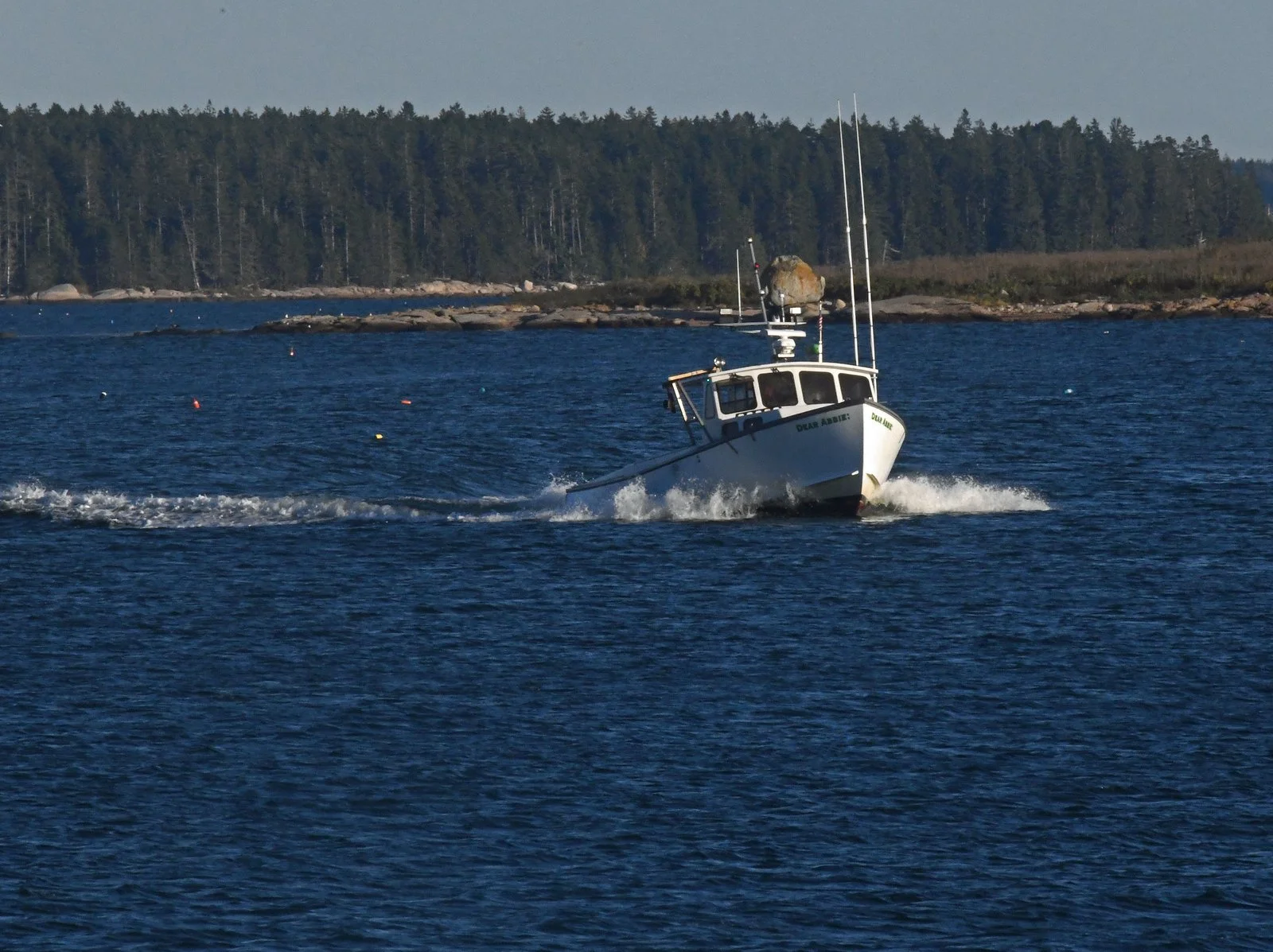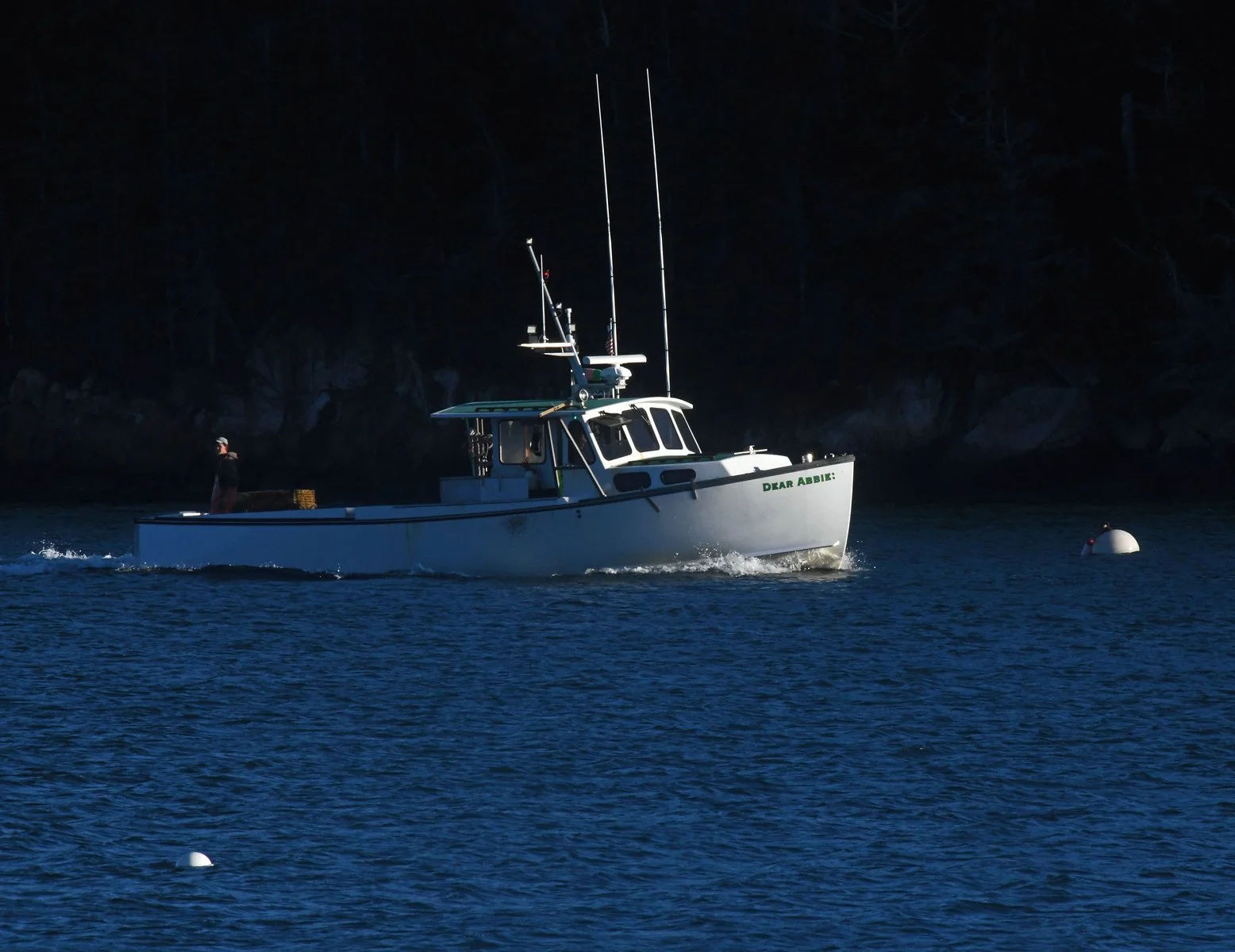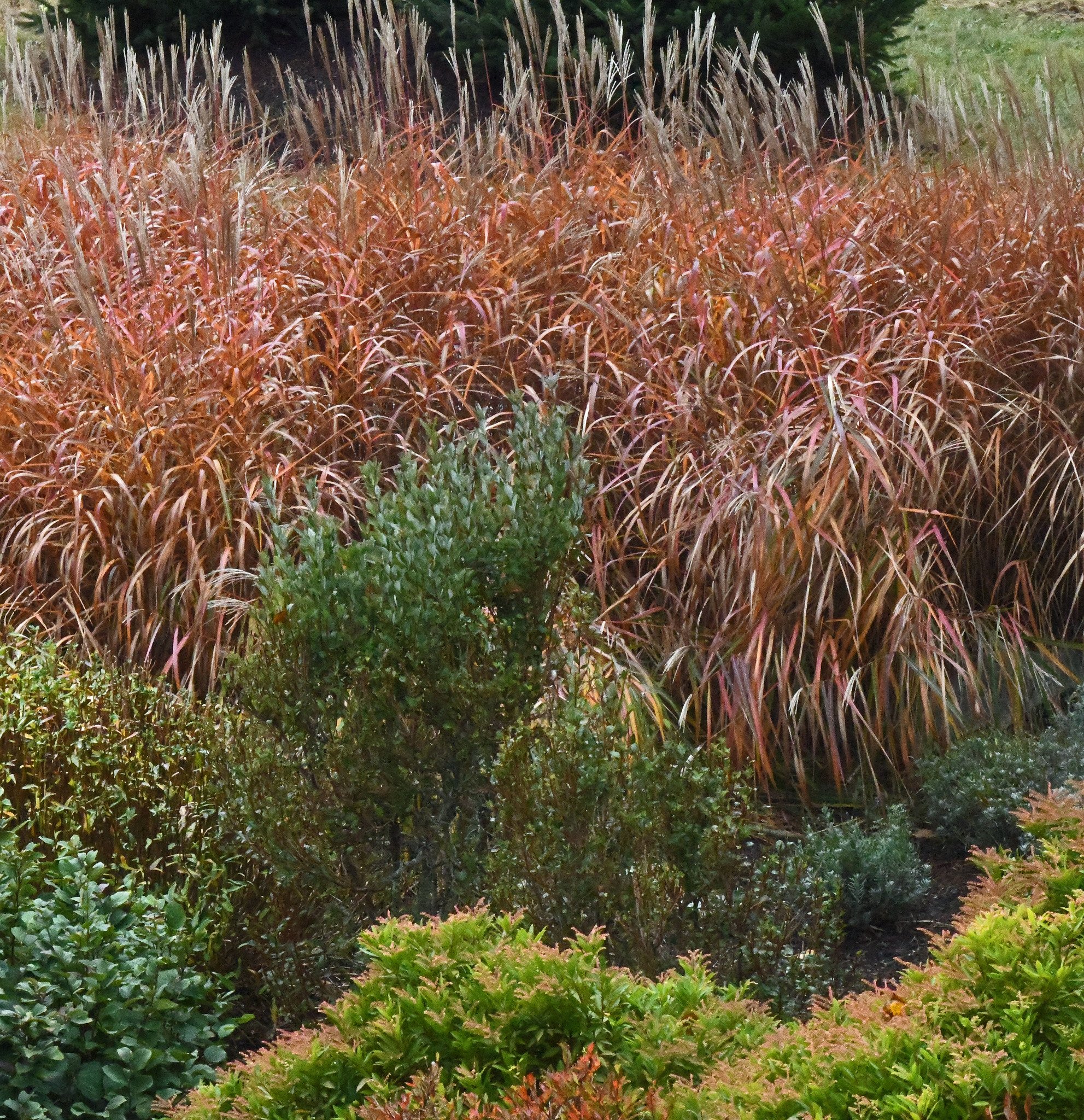Many of our old, abandoned apple trees have lost most of their leaves, but continue to clench their fruit like misers at a fundraiser. Unlike working orchard apples, these will not be picked for the market.
The deer may get on their hind feet and eat the low-hanging fruit. But, as I understand it, most of these “wild” apples will shrivel and rot on the branch unless the tree decides to form abscission layers at the fruit stems to let gravity tear the apples away and drop.
(Images taken in Brooklin, Maine, on October 14, 2024.)










































































































































